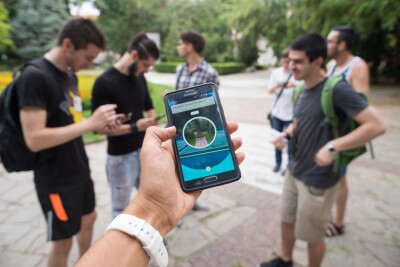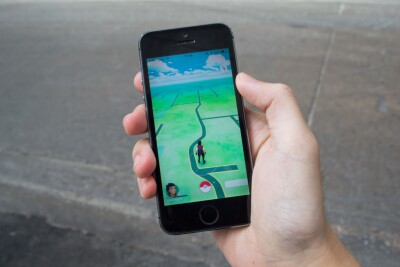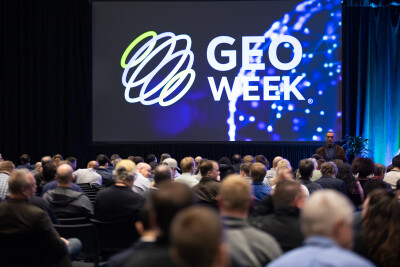It’s the summer of 2016, and everywhere you look people are walking around outside glued to their phones. Where I am in Portland, Maine – a city teeming with tourists during the summer months – it’s not uncommon to see people walking the streets with an eye on their phone trying to figure out how to navigate the old streets, but this was something different. It was overwhelmingly young people and, even if it’s not apparent to an onlooker, locals. In fact, I was one of them. We weren’t looking at directions, either. We were trying to capture Pokémon and heading for “gyms” where we could battle.
This was a familiar scene across the entire United States that summer, with Nintendo and Niantic releasing Pokémon Go. Every city had their own local flavor – in Portland, for example, local bars teamed up with others around them and competed after work was done for the night – which made sense as a game built around location data. For those unfamiliar, Pokémon Go is an augmented reality (AR) game for mobile devices with which users can walk around and “find” Pokémon in their real-world environments, with areas of particular interest - say, local landmarks or popular coffee shops - serving as “PokéStops” and “PokéGyms”.
The game still exists today and there remains a small but extremely passionate cohort who are still collecting Pokémon and battling them, but that summer of 2016 was undeniably the biggest spike in activity for the game. At the time, it broke the record for most downloads in an app’s first week in Apple’s App Store and peaked with somewhere between 10 to 20 million daily active users. Even with a relatively short period of extreme hype, the game left a lasting impact. Broadly speaking, it was credited for getting people outside at a time when consumer technology was doing everything in its power to keep people glued to a screen indoors, and still pre-pandemic when we frankly took the ability to enjoy outdoor space for granted. More surprisingly, though, it also sparked inspiration for an unlikely crowd: AEC and geospatial professionals.

Over the last half-decade or so, one of the biggest innovations in the AEC space has been the introduction of better advanced visualization capabilities, including augmented and virtual reality. This is still a growing space, and different people will have different opinions on their utility as a regular tool in workflows, but it’s hard to go to any AEC technology event without seeing a plethora of examples.
With headset technology still progressing in terms of comfort, to say nothing of utility, many see the best option today being AR in which users can hold a tablet over an area of interest and have a BIM model, or other data, laid over the real world. In conversations with those who have and are developing these tools, as well as others in the mixed reality space, it’s more common than not that Pokémon Go is brought up as the moment when they realized this kind of tool was feasible.
Last year, for example, we put together a report on advanced visualizations, and as part of said report we spoke with Bill Wallace, the founder and CEO of AR Mavericks, Inc. Looking for some context on his experience in the industry, I asked him how long he’s been in the AR space. His response? “How long has Pokémon Go been around?”
For Wallace, that was the big a-ha moment for not only how powerful overlaying digital and virtual entities on the real world could be, but also the fact that the technology to do so accurately was here. Rex Hansen, a product manager with Esri who recently spoke with Geo Week News about game engines being used with geospatial data, had a similar sentiment. He called Pokémon Go a “revolution in mobile AR,” and said it “catalyzed the parents of kids who were using Pokémon Go and going, Wait a second. If my kid can do that, I should be doing that at work.”
The examples go on and on. Geo Week News also spoke last year with the co-founders of Gamma AR, a company who allows construction professionals in the field to overlay BIM data in the field using a tablet. In that conversation, Jaya Jevanesan, the company’s CTO, pointed to the release of Pokémon Go, along with Apple’s ARKit, as the point when these AR workflows really began to take off.

It wasn’t even just those working in the AR space who felt the impact of Pokémon Go. Geo Week News spoke last year with Nick Patrick, the co-founder and CEO of location services provider Radar. He mentioned Pokémon Go when talking about how the general population now has much different expectations around location. Mentioned alongside services like Uber and Amazon delivery, Patrick noted that Pokémon Go is one of the things that made accurate location in the palm of your hand not only possible for the public, but expected.
There are so many more examples of these conversations with professionals in the AR space, though most of them were in passing on a show floor or in off-the-record conversations. Still, if you talk to anyone who is working in AR – regardless of the specific field to which they’re applying it – there’s a really good chance Pokémon Go had some sort of impact on them whether they actually played or not. It just goes to show that you never know when a massive point of inspiration is going to hit, and the power of thinking outside the box, especially when presented with a passive, global fad.






